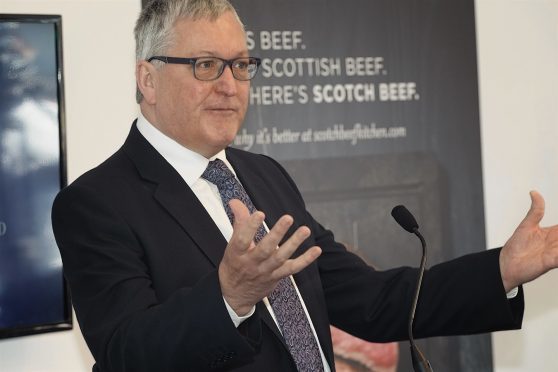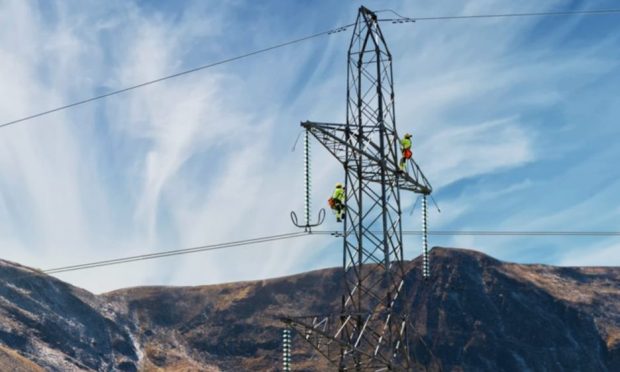Annual turnover in Scotland’s food and drink industry reached £14.4bn in 2014, according to new figures.
The Scottish Government said the food manufacturing sector increased by 43% from 2008 to 2014, which was twice the average UK growth rate.
Ministers said the figures, released at the start of Scottish Food and Drink Fortnight, show the sector is making good progress towards meeting the 2017 target of £16.5bn, set by the industry.
The food and drink industry has been identified as one of the growth sectors in which Scotland can build on its existing strengths and increase productivity and growth. The industry spans the activities of agriculture, fishing and aquaculture, and food and drink manufacturing.
The newly-published data is contained in a briefing from the office of the chief economic adviser and is published on the Scottish Government website.
It states: “Turnover in the food and drink growth sector stood at £14.4bn in 2014, up from £14.0bn in 2013 – representing an increase of 2.8% over the year (nominal terms).
“Gross Value Added in the food and drink growth sector stood at £5.3bn, up by 5.1% on 2013 (nominal terms).”
Scotland Food and Drink chief executive, James Withers, said: “These are great figures and testament to a transformation in food and drink activity in Scotland over the last few years.
“The sector is not without challenges and uncertainty, but for a sector whose growth was stagnant a few years ago, this has been a major turnaround.
“The Scottish industry is now being recognised internationally for how it has embraced collaboration to grow, forging a stronger global reputation for our products.”
Rural Economy Secretary Fergus Ewing said the success of the food and drink sector showed “no signs of slowing down.”
He added: “The industry is vital to Scotland – it creates jobs and wealth, impacts on health and sustainability and helps attract people to the country by promoting our food and drink around the globe.
“This record turnover means that the sector is making good progress towards meeting the 2017 target of £16.5bn, which has been set by Scotland Food and Drink.
Meanwhile, the cost of food across the UK hit a record low last month, according a new report.
The latest British Retail Consortium (BRC)-Nielsen study recorded overall shop price deflation of 2% in August, compared to a 1.6% decline the month before.
The slide in prices was triggered by more promotions from retailers coupled with a drop in the cost of oil, according to the shop price index.
Food price deflation also accelerated to 1.1% in August, compared to 0.8% in the previous two months as a global supply glut of wheat weighed on prices.
The report said that retailers had yet to feel the full force of the rising costs caused by the plunge in value of the pound following the Brexit vote.
However, Helen Dickinson, chief executive of the BRC, said prices are expected to rise in the coming months when costs are passed on to consumers.
She said: “The devaluation of sterling in the wake of the referendum will put upward pressure on shop prices.
“But that’s likely to take several months to properly feed through, given that retailers won’t feel the brunt of the cost increases until existing contracts with foreign suppliers come to an end.
“Even then retailers will have to make a decision about when and how much to pass on to consumers. Given the strength of competition in the market and if the economy softens in line with predictions any pass through may be more limited than implied by the exchange rate movement.”










